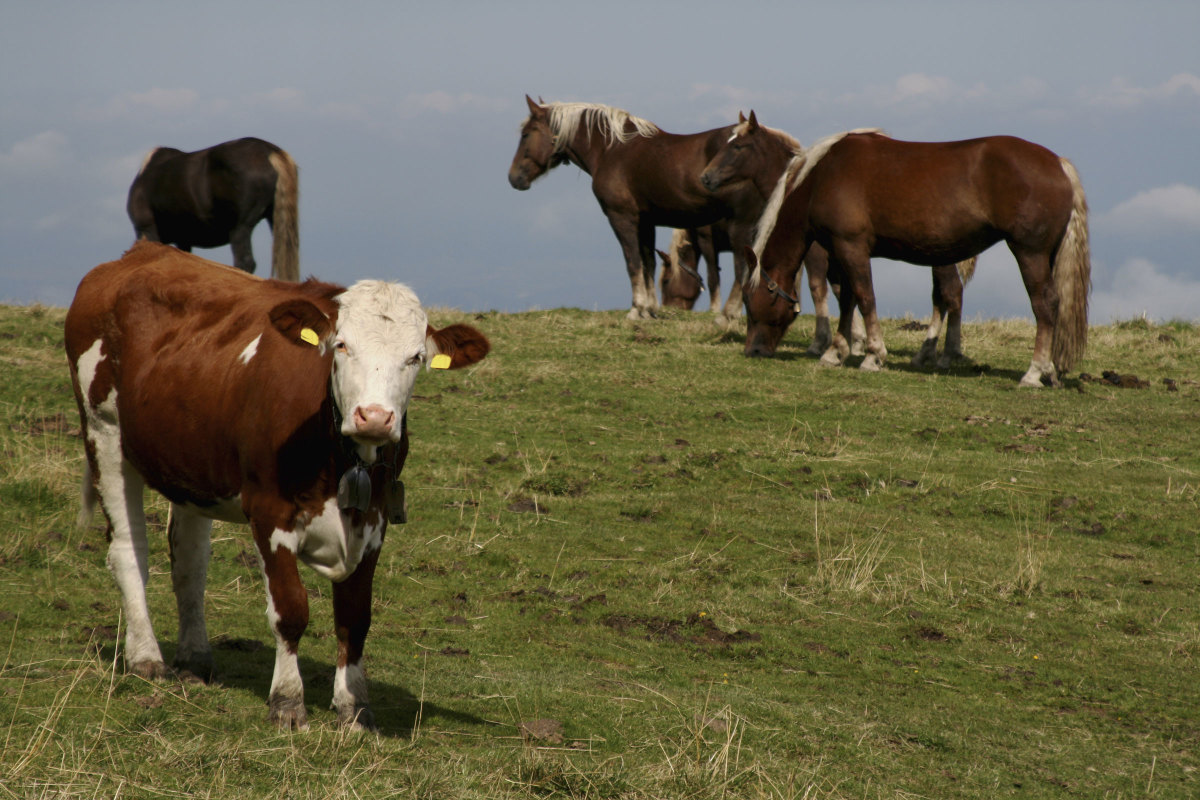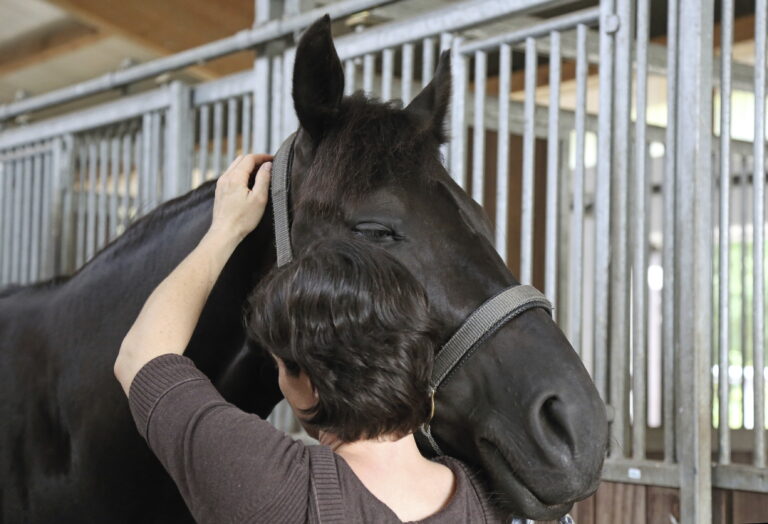
As a tidbit about upcoming cancer research, researchers at the University of Connecticut’s Health Center are looking into how horses and cows are able to contain tumors without metastases. One example known to equine practitioners is the presence of nodular melanoma in horses that often remains localized rather than rapidly metastasizing, as occurs in humans [Kshitiz, Afzal J.; Maziarz, J.D. et al. Author Correction: Evolution of placental invasion and cancer metastasis are causally linked. Nat Ecol Evol 4, 280 (2020). https://doi.org/10.1038/s41559-020-1100-2].
Pregnancy in both cows and horses differs from humans in the timing of when placental cells burrow into the uterine lining—this process occurs in horses and cows much later than in humans. The researchers speculate that endometrial stromal cells in horses and cows might have resistance to placental cell “invasion,” and this tendency repeats itself with cancer cells in other fibroblastic tissues in the body.
The researchers tested this resistance with a melanoma cancer cell line. They reported that cow cells resist tissue invasion, but human cells did not resist and in fact there might be human cell processes that actually assist invasion.
The theory is that the behavior of fibroblasts and stromal cells has a lot to do with metastatic invasion by cancer cells, more so than the behavior of cancer cells themselves. Gene profiling identified specific gene expression for “invasibility” in human but not bovine fibroblasts.
Further research is ongoing with the objective of identifying possible therapeutics that target healthy fibroblast tissue to help connective tissue stromal cells resist cancer cell invasion.








